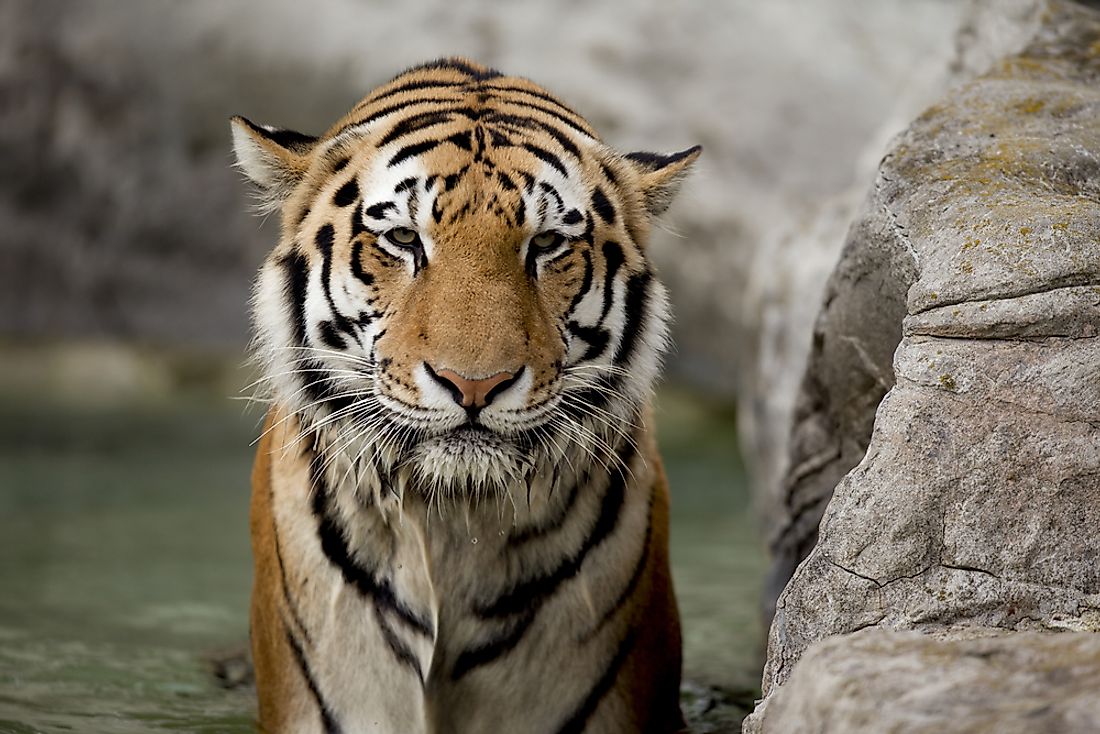What Is The Difference Between Food Chain And Food Web?

Definitions
A food chain is a linear illustration that depicts how nutrients and energy flow between one organism to the next in any particular ecosystem. Food chains begin from the producers in an ecosystem, such as plants, to the organism feeding on the plants and all the way to the apex predators that do not have natural predators. Examples of apex predators include bears and killer whales. In some food chains, the food chains end up with detrivores such as woodlice or even decomposer organisms such as bacteria. There are two types of a food chain namely a grazing food chain and a detritus food chain.
A food web, also called a consumer-resource system, is an intricate pattern formed after food chains are connected to show which species feed on which in any ecosystem. The food web has multiple producers and consumers. For example, a plant (a producer) is eaten by any number of consumers such as gazelles. In turn, the gazelles are eaten by any number of predators such as lions, cheetahs, hyenas, and others. Unlike a food chain that shows only one consumer of a particular organism, the food web has multiple consumers. Also, in a food web, some species can play multiple roles in the ecosystem and so is a more accurate depiction of an ecosystem.
Differences Between A Food Chain And A Food Web
Individual and separated food chains have a higher chance of having instabilities in the ecosystem for the case of the food chain. However, for the food web, the ecosystem is made much more stable due to the presence of multiple interconnected food chains.
For the food chain, there is a greater risk of disturbances in the ecosystem it represents. For example, in a food chain where the bear eats deer, then that ecosystem will be extremely disturbed if something were to greatly reduce the number or wipe up the entire deer population. On the other hand, the removal of one organism from the food web has very little implication on the ecosystem as a whole. In the scenario where the deer are removed, then the bear will still have plenty of food from the other organisms it eats such as gazelle.
Typically, in a food chain, there are about 4 – 6 trophic levels. Trophic levels refer to the hierarchical levels of consumption in a particular ecosystem. By comparison, the food web has multiple levels of trophic levels made up of multiple species.
Food chains limit an organism in terms of improving its competitiveness and adaptability because there is a single source of food. On the other hand, the food web provides the perfect condition s for an organism to adapt and be highly competitive. As a result, the organism chances of survival are greatly increased.
For the case of a food chain, it is impossible for an organism to occupy multiple trophic levels. If in a food chain grass is eaten by a goat, then the grass will only ever be below the goat in the food chain. However, in a food web, it is possible for a plant to be in multiple trophic levels. For example, in a food web, the goat might die, get decomposed, and its energy used up by the grass.











